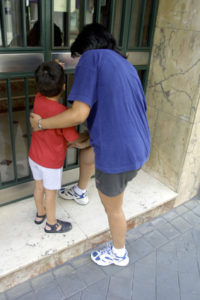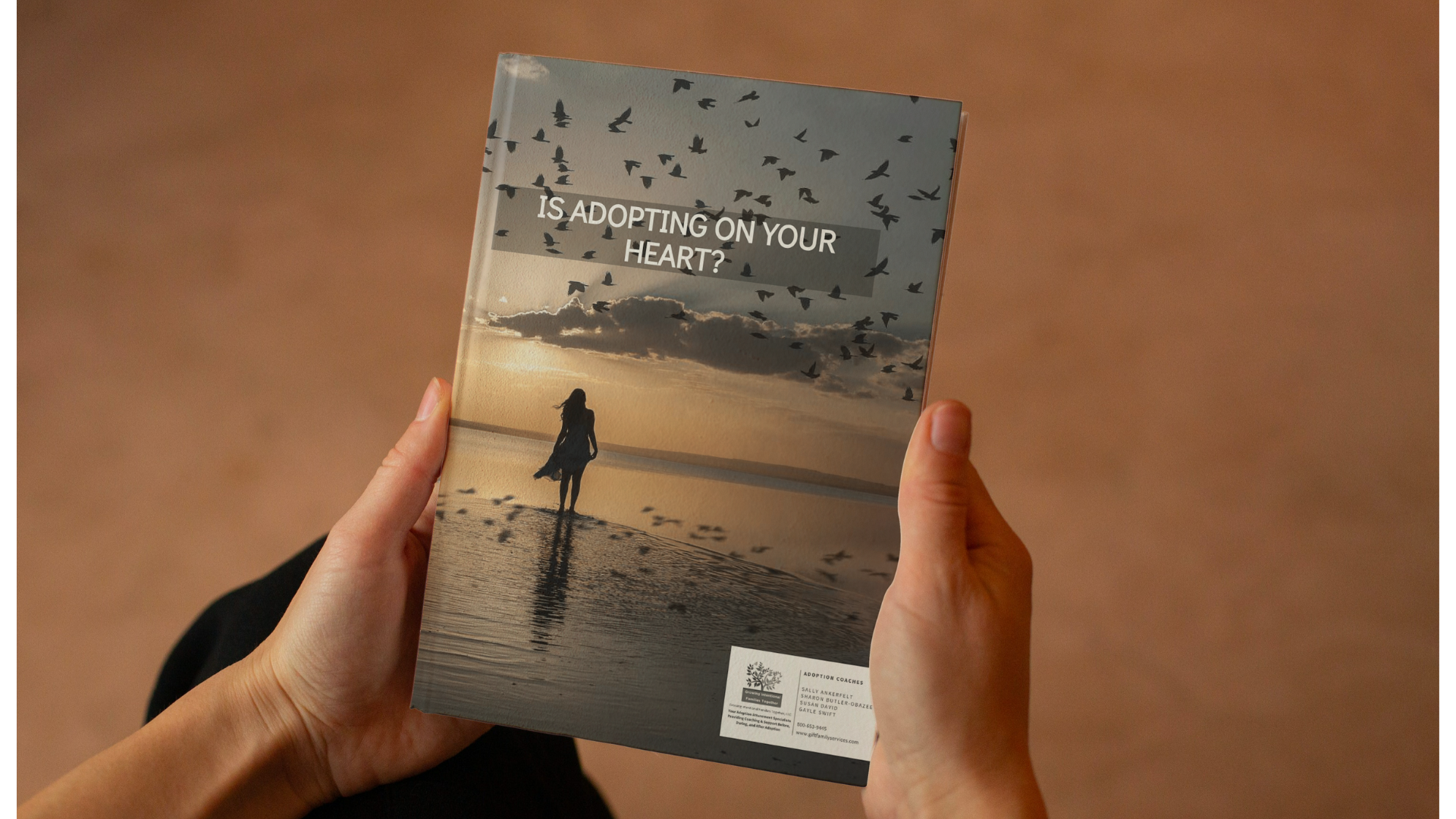 On Friday my three-and-a-half-year-old grandson begins “school” for the first time. Toddlerhood will give way to childhood. My heart clutches a bit at the thought of losing the joy of spending our days together. I have cared for him since he was only a few months old and it has been a lovely experience for me. His presence brought a counterpoint of joy even as our family walked the long, sad journey of my husband’s slow decline from Lewy Body Dementia. Seeing life through the eyes of a child reminded us of the miracle in the ordinary, the often overlooked magic in the mundane.
On Friday my three-and-a-half-year-old grandson begins “school” for the first time. Toddlerhood will give way to childhood. My heart clutches a bit at the thought of losing the joy of spending our days together. I have cared for him since he was only a few months old and it has been a lovely experience for me. His presence brought a counterpoint of joy even as our family walked the long, sad journey of my husband’s slow decline from Lewy Body Dementia. Seeing life through the eyes of a child reminded us of the miracle in the ordinary, the often overlooked magic in the mundane.
Spending time in the company of older folks has helped him develop empathy and an awareness of human fragility. Many of his first steps were taken while pushing delightedly against Grampa’s wheelchair. While my grandson gradually learned to feed himself, to walk, to talk, and become increasingly self-reliant, he watched a reverse progression as George needed more and more assistance, and finally became completely bedridden and totally dependent on others. The yin/yang of the Circle of Life…
The days on the calendar flip inexorably to his Big Day. Friday aptly marks the duality that typifies January. Endings transition into beginnings. Days free from fixed schedules will end; the rhythm of our lives will now be governed by the school calendar. Structure will replace spontaneity. New friendships will be forged, new activities explored, new skills acquired. While I may shed a bittersweet tear or two, I recognize that “To every thing there is a season and a time to every purpose under heaven.” (Ecclesiastes 3:1)
As we release the familiar, we embrace the possibilities of the unknown. PJ bubbles with anticipation and he’s counting the days until he goes to school. Some idealized expectations have already been clarified: Mommy will drive him. School bus rides remain a future experience.
Since my grandson is not an adoptee, how does this moment from our lives shed light on the adoptive parenting experience?
It has been enlightening to observe the differences between his reactions and my own children’s childhood responses to transitions and breaks in routines. The unsteadying trauma of relinquishment via adoption sensitized them to change, to unpredictability and to the unknown. When my son started pre-school, the staff had to peel his tiny fingers from my arms so I could leave. I would stand behind the fence with silent tears staining my face, steeling myself against the urge to re-enter and scoop him up in my arms. Instead, I adhered to conventional wisdom and waited for him to “tough it out.” I held my ground and listened while his teacher calmed his fears and he happily joined his peers. Just as they had reassured me, it did not take long. He quickly began playing with the other children. And yet … the experience felt deeply painful for both of us.
How had I persuaded myself to ignore my intuition that his anxiety ran deeper than typical toddler separation anxiety? Why had I succumbed to the pressure to follow the parenting norms instead of that ache in my gut that sensed somehow this was different, that additional adoption-connected factors demanded a different response. Sometimes it is difficult to question conventional wisdom, to break with norms and to carve a new approach. Just as much as children yearn to fit in, parents want to be seen as competent and accepted by their fellow parents.
Now that I know so much more about adoption complexity, I cringe and regret our eagerness to rush him from the security of being home with mom. But adoption-attunement and adoption fallout were concepts I had yet to discover or consider. Sadly, I had no awareness that his meltdown was probably being triggered by loss and abandonment issues. At the time, I thought I was providing him with much needed socializing and opportunities to grow his independence and self-confidence. With hindsight, I can recognize that it triggered his fear of separation and abandonment. Obviously, I cannot change the past. However, I can share the insights that emerged from our parenting years to help today’s adoptive parents to prevent avoidable trauma. Yes, we want our children to become independent; we also want them to feel securely rooted before they stretch their wings and fly.
This is why adoption-attuned sensitivity is so vital. Armed with knowledge, we can support our children better. We have the benefit of awareness and understanding that adopted children have been shaped by the hard realities of adoption and how they are predisposed to triggers, transitions, rejection, etc. Through the grace of Intentional Parenting, instead of ignorance or invalidation, we can knowledgeably meet our children’s needs and prepare them for independence in a way that respects their unique circumstances. Roots and Wings…
Through the grace of Intentional Parenting, we can knowledgeably meet our children’s needs and prepare them for independence in a way that respects their unique circumstances.
How will Adoption-attuned Intentional Parenting help make you a better parent in 2019?
- Call us at 1-800-653-9445
- Listen to our podcasts: Adoption Matters: Real People. Real Life. Real Talk and Essentials of Adoption Attuned Parenting
- Watch our YouTube channel
- Read Books written by our coaches
- Click to learn more about Adoption Attuned Certified coaching!



As you know better, you do better. Adoptive parents often hear from others, especially when the child was an infant when adopted, “Oh, well he/she is just like yours. There is really no difference.” While we may want to accept this statement as truth and feel like we are no different than any other family, resist the temptation. Adoptive families are indeed different; not only in the way were we formed but also in the way that we must parent. I so agree that thinking about loss and its persistent presence must inform adoptive parenting. Lovely post! #adoptivefamilies, #AAQ, #adoption
Yes, being attentive to our differences enables us to provide our children with the support and security they need. That is the essence and the benefit of Adoption-attunement.